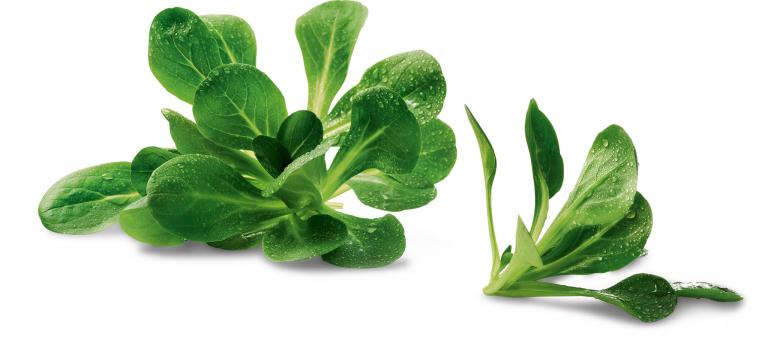Pine Nut
Pine nuts are mainly harvested from wild pine trees.
Pine nuts 🌰 are the edible seeds of certain pine tree species, especially the stone pine (Pinus pinea) native to the Mediterranean region. They are considered a delicacy with a mild, buttery, and slightly resinous flavor. Pine nuts are used in a variety of international cuisines — from Mediterranean classics to Asian dishes.
They are often lightly toasted to bring out their full aroma and are a key ingredient in traditional pesto Genovese. Pine nuts also enhance salads, pasta, vegetable dishes, and even desserts. Thanks to their high fat content, they have a creamy texture and rich mouthfeel.
Nutritionally, pine nuts are small powerhouses: rich in healthy fats, plant-based protein, and essential minerals like magnesium, zinc, and iron. They also contain vitamin E and are considered beneficial for heart health when consumed in moderation.
Harvesting pine nuts is labor-intensive. The seeds are extracted from tough pine cones and must be shelled, which contributes to their relatively high price.
Pine nuts have been eaten since antiquity and were originally cultivated in the Mediterranean region. Today, they are also grown in parts of Asia and North America and remain a prized ingredient in gourmet cooking.
🧪 Nutritional Values (per 100g)
| Nutrient | Amount |
|---|---|
| Energy | 673 kcal |
| Fat | 68 g |
| of which saturated | 4.9 g |
| Carbohydrates | 13 g |
| of which sugars | 3.6 g |
| Protein | 14 g |
| Fiber | 3.7 g |
| Salt | 0.01 g |
| Vitamin E | 9.3 mg |
| Magnesium | 251 mg |
🖼️ Example Images



Image sources: Wikimedia Commons, licensed under Creative Commons

Contact Us
Have questions about this product?
Created: 18.05.2025 07:22 | Last updated: 18.05.2025 07:22
Related Products

Lambs Lettuce
Sweet lambs lettuce with lukewarm king oyster mushrooms, Parmesan shavings and sun-dried tomatoes
Learn more
Radish
The storage tuber, which can be up to four centimeters thick, sometimes tastes spicy.
Learn more